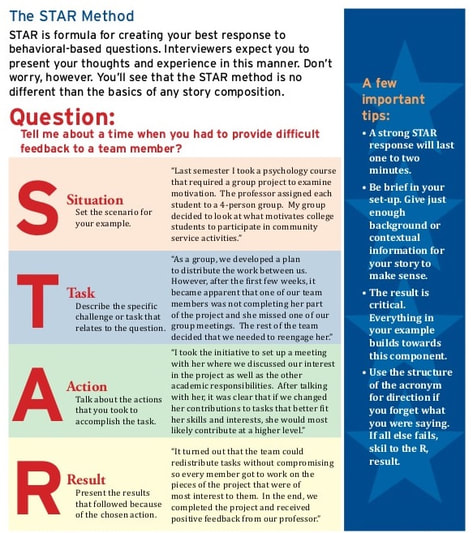Professional Development
|
Resume
Make sure to include an education, projects (if applicable), technical skills, work experience, extracurriculars, and awards section on your resume and to keep it simple, stupid! ● Black and white theme is suggested. ● However, if you would like to add a pop of color, one additional color is fine. ● Bold title sections, capitalize job title, and italicize company and location ● Recommended fonts: Times New Roman and Arial ● Size Font (may vary depending on how much information you have): This is the recommended size. ● Name - 30 size font ● LinkedIn Link - 11 size font ● Personal Information - 11 size font ● Title Section - 12 size font ● Job Title - 11 size font ● Company and Location - 9 size font ● Body Text - 10 size font ● Date - 8 size font Tip: You can change your account name in your LinkedIn link by following these steps. |
|
Public Speaking
On our team, we are fortunate enough to be able to attend many outreach events where our members can practice public speaking to a variety of people and at different settings.
What Team 203 Focuses on (in terms of Public Speaking):
1. Not saying "um" and "like"
2. Projecting volume
3. Keeping eye-contact
4. Practicing good posture and hand movements
5. Not exaggerating the use of a laser pointer
6. Dressing appropriately
7. Doing research on the audience (to properly address the audience and know what to avoid)
On our team, we are fortunate enough to be able to attend many outreach events where our members can practice public speaking to a variety of people and at different settings.
What Team 203 Focuses on (in terms of Public Speaking):
1. Not saying "um" and "like"
2. Projecting volume
3. Keeping eye-contact
4. Practicing good posture and hand movements
5. Not exaggerating the use of a laser pointer
6. Dressing appropriately
7. Doing research on the audience (to properly address the audience and know what to avoid)

Interviews
There are different types of interview questions you may come across during your time career hunting:
1. Behavioral
2. Technical
3. Brain Teaser (yes, you read that correctly!)
Oftentimes in interviews, the employer will ask you behavioral and technical questions about how you reacted to certain situations in your past experiences. In order to answer these questions as clearly and effectively as possible, utilize the STAR method to communicate the foundation of your story, and then elaborate further on what the situation taught you and how those lessons could potentially relate to the position for which you are applying.
This method can be applied to any kind of question, even brain teasers, as long as it relates back to the job listing (skills, certifications, etc.).
Need someone to interview with? Reach out to a mentor or Team Captain and schedule an appointment!
There are different types of interview questions you may come across during your time career hunting:
1. Behavioral
2. Technical
3. Brain Teaser (yes, you read that correctly!)
Oftentimes in interviews, the employer will ask you behavioral and technical questions about how you reacted to certain situations in your past experiences. In order to answer these questions as clearly and effectively as possible, utilize the STAR method to communicate the foundation of your story, and then elaborate further on what the situation taught you and how those lessons could potentially relate to the position for which you are applying.
This method can be applied to any kind of question, even brain teasers, as long as it relates back to the job listing (skills, certifications, etc.).
Need someone to interview with? Reach out to a mentor or Team Captain and schedule an appointment!





